Hi sustainable seafood geeks and ocean-lovers,
While I wait for “official” news from SP about the release of Eating Salmon, I’m dreaming of warmer days, developing Alaska Weathervane Scallop recipes for Powerhouse Growers, and writing the chapter synopsis for my thriller novel, Thornton Park. And no. It’s not a story about death by fish. Although I think a short story is doable.
Anyway. Here are five seafood stories that caught my eye this past week. Maybe you’ll find something in one of them to warm up to as you sip your morning cuppa.
- Don’t you love when science and tech get it right? Check this out: GrouprChek, a handheld device to test fish for authenticity! For around $2000, your organization or company will be able to detect if that really is grouper (or snapper, escolar, etc.) on your plate (or in the box). Dr. Robert Ulrich and Dr. John H. Paul along with scientists at Pure Molecular LLC offer this handy device up in the fight against seafood mislabeling. Here’s more from Tampa Bay’s ABC (sorry I couldn’t get the video to load).
- The 2015 SeaWeb Seafood Summit (#SWSS15) took place last week in New Orleans. There was plenty to discuss. Regulation, certification, sustainability marries capitalism and more. I didn’t attend, but followed along with this #SSWS15 recap provided by IntraFish. Thanks IntraFish!
- When we think of seafood, we think about what to have for dinner. We think about which fish is sustainable. Maybe wonder where the fish came from. But. Would you believe that human trafficking is rampant in the seafood industry? Specifically the Asian shrimp industry. I stumbled on this article about human slavery on The Guardian. Warning: the content may be distressing for some of you.
- Okay. On to some lighter news. The US shrimp and lobster industries are about to get a boost. The US top nutrition advisory panel is about to make some changes regarding shrimp, lobster and cholesterol. Shrimp and lobster are on the do-not-eat list (for those of us with high cholesterol issues). Yep. I am excited about that. But. In light of the previous article in this list, I will be sure to buy and eat shrimp that was caught and processed in the US. What should you look for in the market? Think wild Gulf pinks, whites, royal reds, and Alaskan spot prawns.
- Lastly, I leave you with this snippet from the weekly #OceanTrashTalk chat on Twitter.
Me: “How much longer will it take science & tech to develop efficient, cost-effective waste management tools?”
George H. Leonard @GeorgeHLeonard, chief scientist at Ocean Conservancy: “Mostly need to give plastics some economic value so there is incentive to collect and reuse, not dump them.”Find out more about #OceanTrashTalk on Twitter. And thanks George for all you do.
Do you have a story about sustainability, a cool invention, or something you’d like to share? Drop me a message at maureencberry@gmail.com or @maureencberry. Have a great week, tight lines, and feel free to share this with your friends,
Maureen
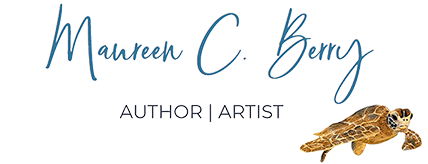
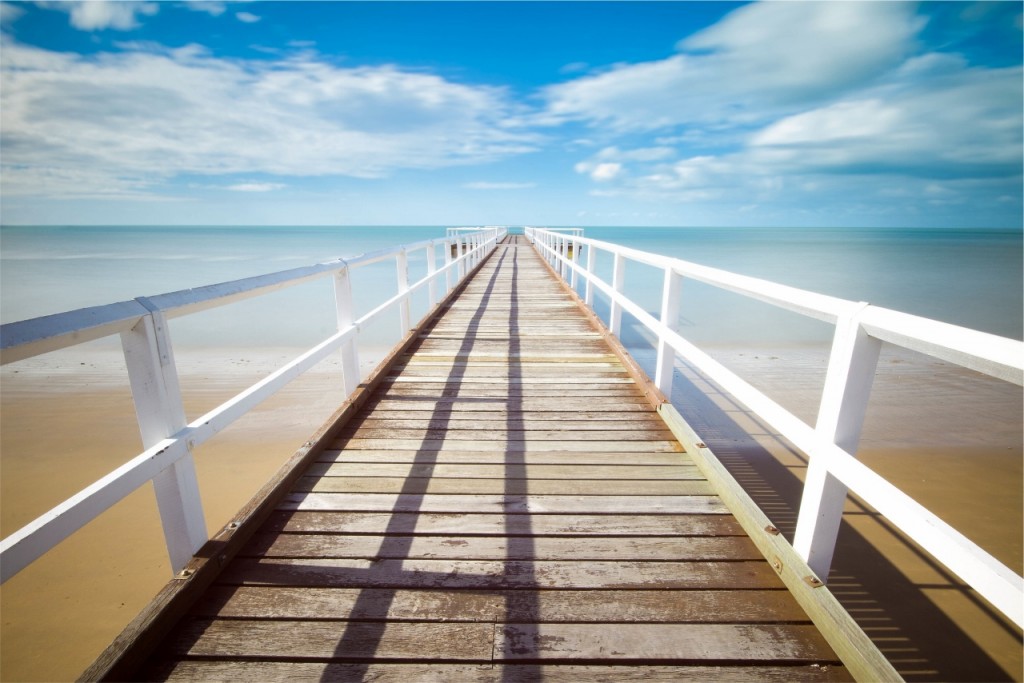
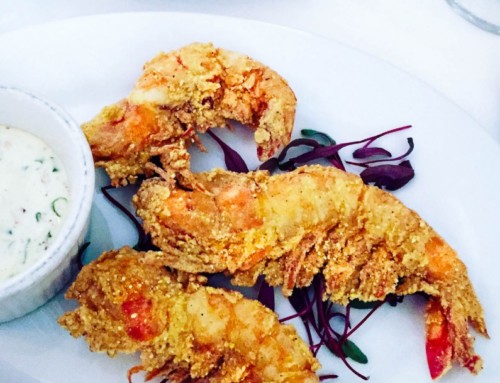

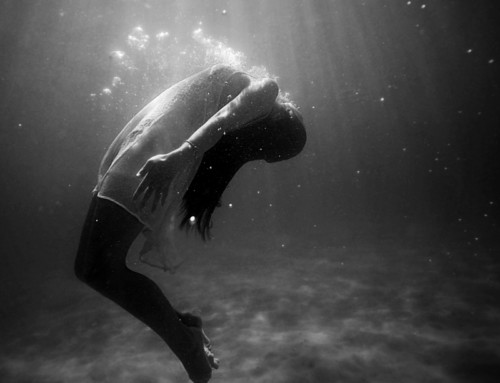
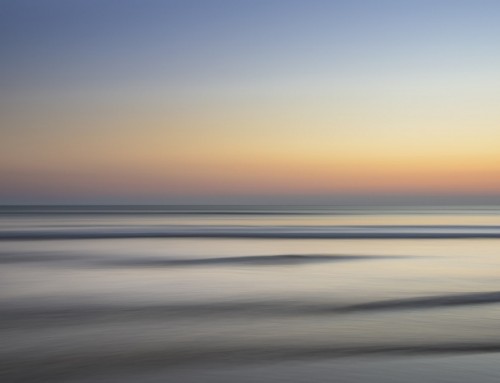

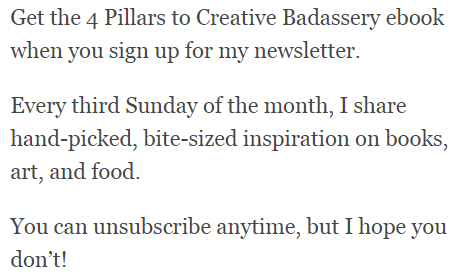
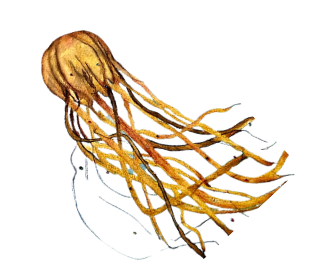

[…] post 5 Sustainable Seafood Stories that Caught My Eye appeared first on Seafood […]